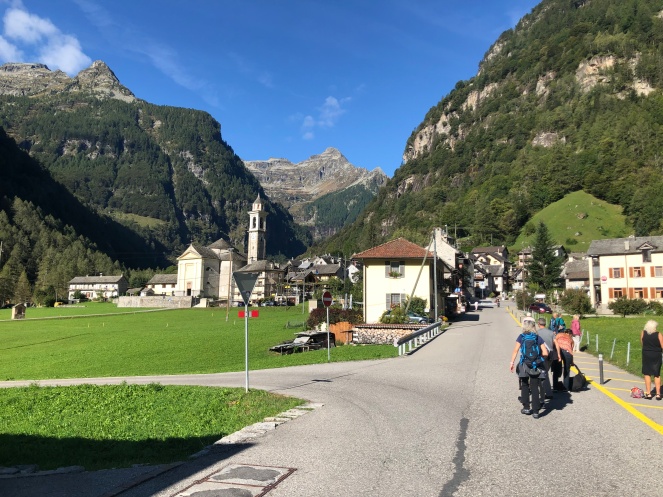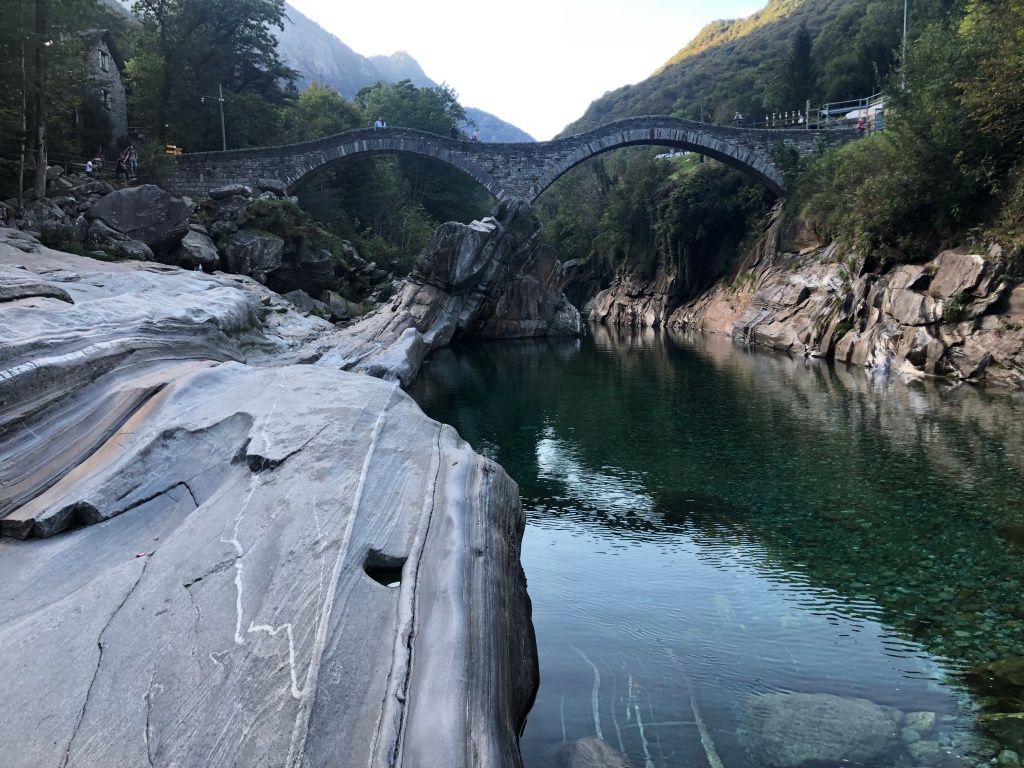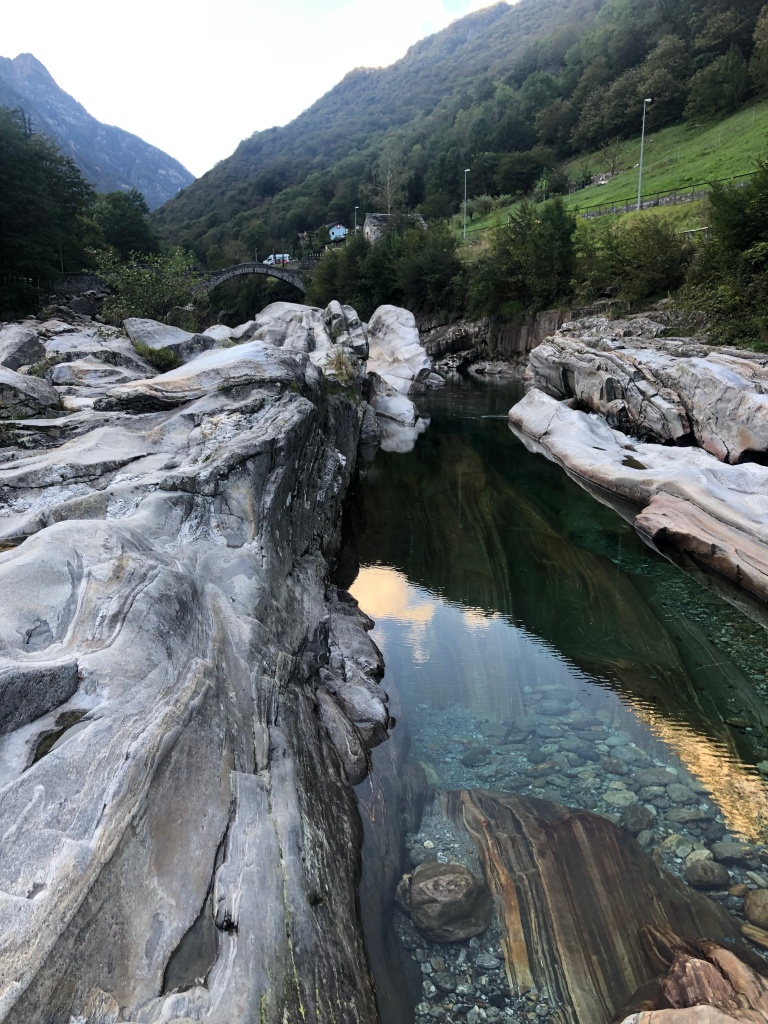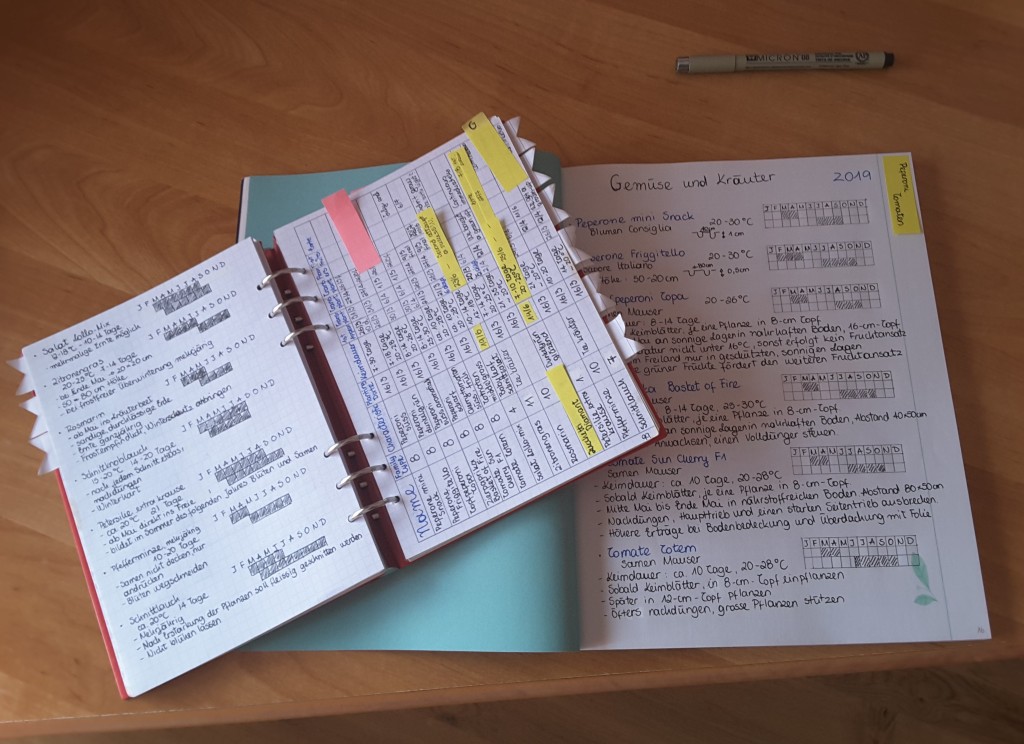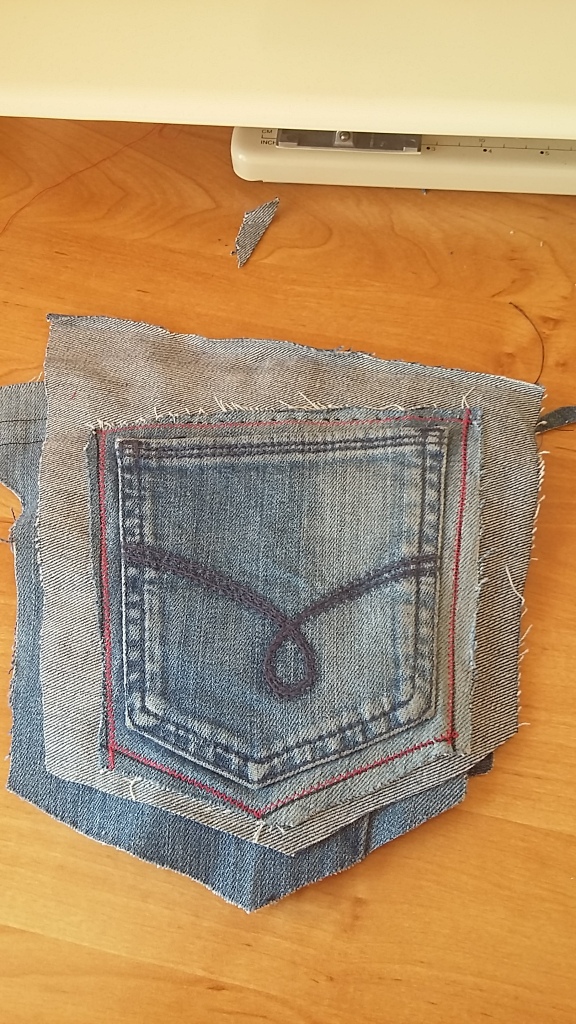Most bullet journalers are entering or have already entered in the period of setting up a new bullet journal. I am also, but for me it is easy to start a new journal, as I use a Filofax Clipbook A5. In the end of the year I remove all pages from my clipbook and store them. I then add new pages.
In my previous blogpost, I answered the first question that was in my mind in starting a new bullet journal: What happens to the old bullet journals? And since this is by now solved, I can continue to the next one, which is: Which features of my current bullet journal I will continue having in my 2020 version? I split the features of my bullet journal in two big categories: the collections and the monthly/weekly/daily layout.
Collections – Trackers
About this time last year I went through the process of evaluating the collections I have been using in my previous bullet journals. I knew that I have been starting a lot of them and I tended to quit keeping them updated towards the middle of the year. Has that happened to you too?
So in my 2019 bullet journal I kept only collections that were not abandoned and created only a couple of new ones in subjects that I evaluated as really interesting for me, such as books. And guess what? It was an absolute success, as I did not abandon them this year either!
These are the collections – trackers that were so successful for me in 2019:
- 2019 Roadmap
This is one of the two not so minimalist pages in my bullet journal. I have already explained the idea behind it here. I absolutely love this short overview of my year!

- Movies and Series watched
These two collections are of interest for both me and my husband. We watch several movies each year and a lot of series, as it has become so easy with Netflix. These trackers usually end up a bit messy, as I tend to complete them while watching tv, but I love them anyway 🙂
- Books read tracking
The Books read collection is the second not-so-minimalist page in my bullet journal. I read about 40 books per year and I tend not to keep the majority of them. As a result, this page is the only way I can really imagine how it would be if I was. It is so fulfilling to see my drawn library filling up!

- Reading challenges and other book related tracking
I follow a reading challenge during the year, called BRACE, and it is vital of course to track it in my bullet journal. In addition, during 2019 I decided to keep track of where the books and their authors take me. I track the origin of the authors, so as to have an overview and where and when the books take place. I have been trying to use these data to create some statistics, that I found quite interesting!
Collections – Functional pages
The bullet journal is an incredible organisational tool. I keep a few functional lists that help me in my everyday life:
- Waiting on…
I consider this one, one of the most useful collections I use in bujo. Quite often I order things from the internet, or expect an email or a letter from somebody for a follow up. These are things that tend to be forgotten or lost inside a daily or weekly log. As a result, I keep a special page where I note what I should follow up. 2019 was a rather quiet year, but I can’t know how 2020 will go, so I will keep in my new bullet journal
- Wishlist without deadline
This is a list of all the things I would like to do, but they are not eminent and I do them only when I have time and mood. Not everything was done, but at least the majority was!
- When did I last…
In this list I note things like when I change toothbrushes, clean the windows and the fireplace, or any other task that is donea few times per year, but not regularly.
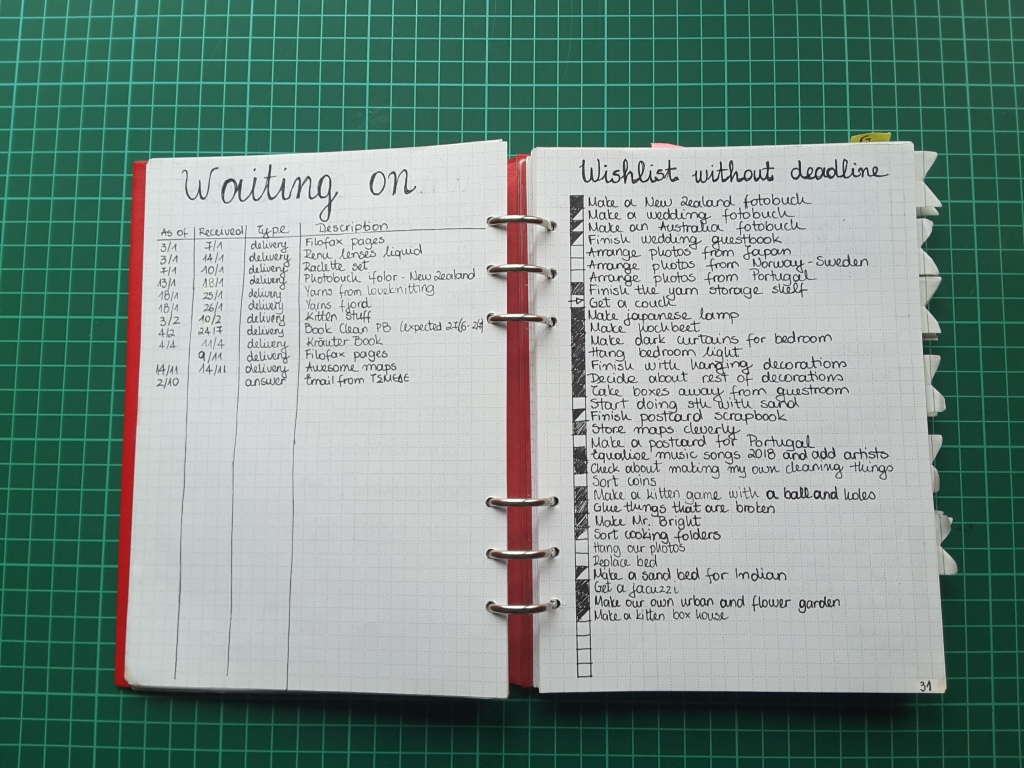
Monthly/Weekly/Daily layouts
These are the second most important component of my bullet journal. At this time last year I took some decisions about the monthly/weekly/daily layouts that I have used during the years I have had a bujo. To be honest which of these layouts you use depend on the particular occasion and phase of your life.
During all of 2019 until now I have used a one page monthly log, the running task list for weekly and I didn’t have any dailies. By the way I found out that the running task list is also called Alastair method for weekly.
- One-page monthly layout
I know that a one-page monthly layout is perfect for my personal life, so I will continue using it. The months that were full of my gardening activities I kept a second one-page monthly layout dedicated to my plants.

My current monthlyA 
A monthly dedicated to gardening
- Running task list or Alastair method for weekly
I have found this layout really useful for me. I was mostly staying home and I did not have strict deadlines for the tasks to be done, so by using a running task list I avoided rewriting tasks. Now that my weeks have become more busy already, I will have to reconsider about which layout will be more useful for my 2020 bullet journal. But I never prepare my weeklies too much in advance, so I can change my mind whenever I want.

I think after this evaluation I am ready to start my 2020 bullet journal. Are you evaluating your previous versions yourself? Are there any interesting conclusions you have drawn? Please be kind enough to share them with me!







